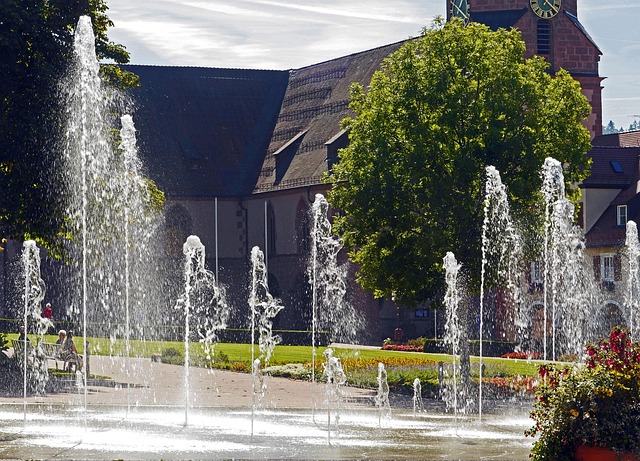Building a Sustainable Future: The Rise of Green Communities in Habitat Development
In today’s fast-paced world, the urgency to shift towards sustainability has never been more apparent. The development of green communities is at the forefront of this transformative movement, offering a hopeful vision for future habitats that are not only eco-friendly but also foster a sense of belonging and connection among residents.
The Essence of Green Communities
Imagine living in a neighborhood where the air is fresh, the streets are lined with trees, and community gardens flourish. This is the vision behind green community development. These neighborhoods are designed with an emphasis on environmental responsibility, encouraging sustainable practices that can dramatically reduce our carbon footprint. From energy-efficient buildings to renewable energy sources, every element is meticulously planned to create a positive impact on both people and the planet.
Benefits Beyond the Environment
While the ecological benefits of the development of green communities are significant, the advantages extend far beyond environmental preservation. Residents often find themselves immersed in vibrant communities that emphasize social interaction and active lifestyles. Shared spaces, parks, and recreational areas become focal points where residents can gather, fostering friendships and a sense of community spirit.
This sense of belonging is vital in today’s world, where many experience loneliness and disconnection. Green communities provide a counterbalance, encouraging social cohesion through the inclusion of community events, workshops, and local markets. Such interactions nurture a thriving culture that centers around sustainability, education, and collective well-being.
Innovative Approaches in Habitat Development
The development of green communities embraces innovative approaches that address the challenges of modern living. Architects and urban planners are utilizing cutting-edge technologies to create eco-friendly infrastructures. Concepts such as green roofs, rainwater harvesting, and smart waste management systems are becoming standard practices in new developments. These innovations not only promote sustainability but also enhance the quality of life for residents.
Moreover, the integration of natural elements into urban design plays a crucial role in the well-being of the community members. Biophilic design principles are increasingly being applied, incorporating nature into everyday life. By connecting people with nature, these communities aim to improve mental health and reduce stress, creating a happier and healthier living environment.
Engaging the Community in Sustainability Practices
A crucial aspect of the rise of green communities is the involvement of residents in sustainable practices. Education and engagement initiatives empower community members to take an active role in their habitat. By organizing workshops on composting, gardening, and energy conservation, residents can learn valuable skills that contribute to their immediate environment and the larger ecosystem.
This participatory approach not only enhances the sense of ownership among residents but also inspires others to adopt environmentally friendly habits. The result is a ripple effect – as individuals take action, families join in, and soon entire neighborhoods are transformed into hubs of sustainability.
The Future Is Green
The momentum behind the development of green communities is set to grow as more individuals recognize the importance of sustainable living. As urban areas continue to expand, the integration of eco-friendly principles into habitat development is not just a trend; it is a necessity. We are at a pivotal moment where we can redefine urban living to prioritize both human connection and environmental stewardship. Together, we can collaborate to build a brighter, greener future for generations to come.




